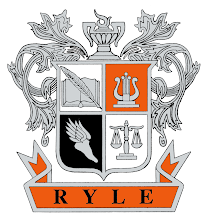by Tamar Lewin, published Nov. 29, 2011
As Occupy movement protests helped push spiraling college costs into the national spotlight, Education Secretary Arne Duncan urged higher-education officials Tuesday to “think more creatively — and with much greater urgency” about ways to contain costs and reduce student debt.
The Education Department characterized Mr. Duncan’s remarks, at a Las Vegas conference of college financial aid workers, as the start of a “national conversation” about high costs, which have prompted raucous protests across the country and ignited an angry push among some borrowers demanding debt forgiveness, federal grants and interest-free loans.
The department used the opportunity to call attention to steps the Obama administration had taken to reduce the net price that students and families pay for higher education and make it easier to repay student loans. But it was clear that the administration was taking heed of the rising furor over tuition increases, and a growing online debate about how much a college degree is worth at a time when few jobs are available for graduates.
“Three in four Americans now say that college is too expensive for most people to afford,” Mr. Duncan said. “That belief is even stronger among young adults — three-fourths of whom believe that graduates today have more debt than they can manage.”
College seniors with loans now graduate with an average debt load of more than $25,000. With outstanding student debt nearing $1 trillion — and exceeding credit-card debt — it makes sense that, as Patrick M. Callan, president of the Higher Education Policy Institute, put it, college costs are in the spotlight as never before.
To read the entire New York Times article go to Official Calls for Urgency on College Costs
New College of Florida, a Conservative Bulwark, Will Sign Trump’s ‘Compact’
-
The school, once a progressive college, was remade by Gov. Ron DeSantis’s
administration. Now, it is the first school to agree to the Trump
administration’...
2 hours ago















No comments:
Post a Comment